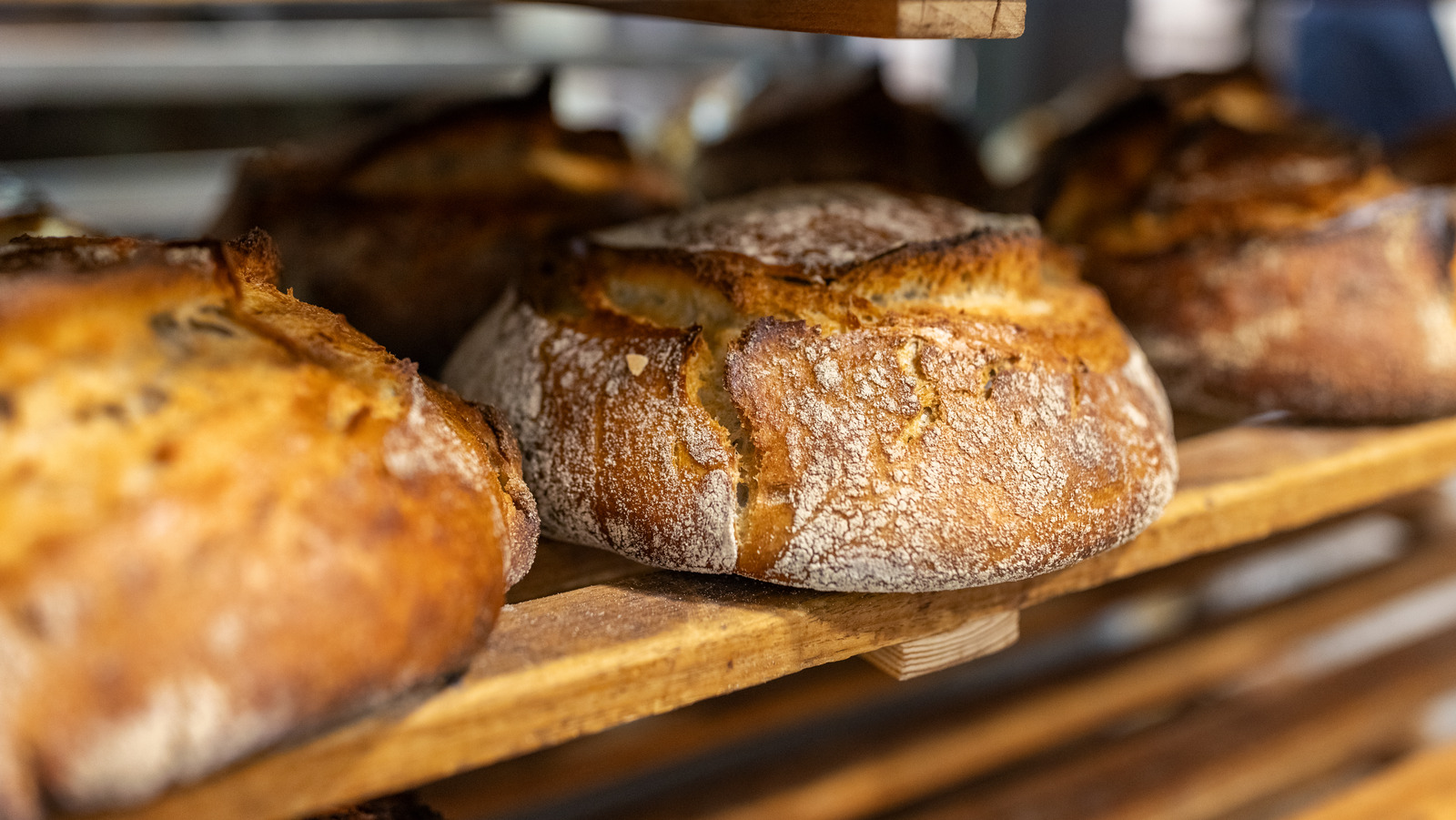
"In addition to being more durable, a silicone bread sling is a better choice because it reduces waste as it can be used over and over again. It will also help distribute heat more evenly while baking and is a safer way to move baked loaves of bread from a Dutch oven to a countertop. Since a silicone bread sling won't rip under pressure, it can help prevent getting burned on hot ovens and pans or from precious loaves of bread hitting the floor."
"A silicone bread sling, much like parchment paper, can be used by either turning over a banneton basket and letting the dough roll out onto it or by carefully lifting the dough by hand and placing it directly in the middle of the circle in the center. Then, lift the sling by the handles and carefully lower it into the pre-heated Dutch oven, baking stone, or baking dish, and leave it under the loaf while it bakes."
"When the bread is done baking, lift the silicone bread sling again by the handles to remove it from the Dutch oven and place it on a baking rack. It can be left in place until the loaf is cooled. After the bread has cooled and the silicone bread sling can be safely removed, gently wash it with soap and water and let it dry before storing it for the next loaf of"
Silicone bread slings provide a durable, reusable alternative to parchment paper for baking high-hydration breads. They resist crumpling, wetting, and tearing under heavy loaves and reduce single-use waste. Silicone slings distribute heat more evenly and offer safer handling when transferring hot bread from Dutch ovens, stones, or baking dishes to countertops. Use options include inverting a banneton or placing dough directly in the sling’s center, then lowering the sling into a preheated vessel and leaving it under the loaf while baking. After baking, lift by the handles to cool, then wash gently with soap and water, dry, and store.
Read at Tasting Table
Unable to calculate read time
Collection
[
|
...
]